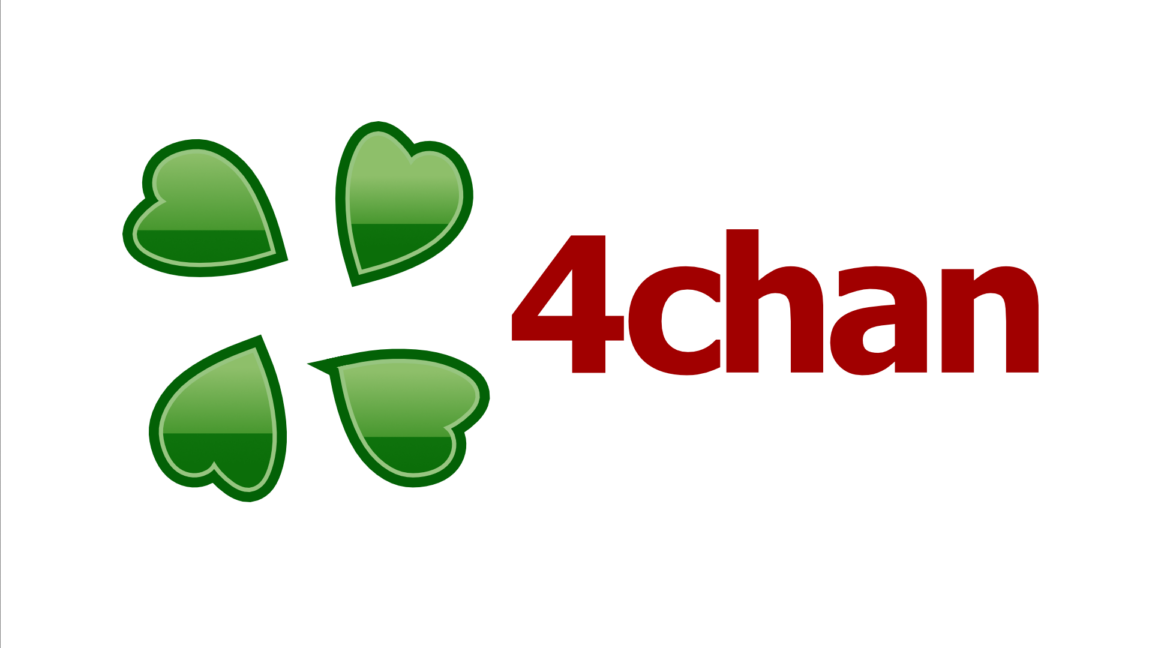
A set of groundbreaking research study efforts from Meta AI in late 2024 is challenging the fundamental next-token forecast paradigm that underpins most of todays large language designs (LLMs).
The introduction of the BLT (Byte-Level Transformer) architecture, which removes the requirement for tokenizers and shows significant capacity in multimodal alignment and combination, accompanied the unveiling of the Large Concept Model (LCM).
The LCM takes an extreme step even more by likewise discarding tokens, aiming to bridge the space in between symbolic and connectionist AI by allowing direct reasoning and generation in a semantic principle space.
These developments have ignited discussions within the AI community, with many recommending they might represent a new period for LLM design.The research from Meta explores the latent area of designs, looking for to revolutionize their internal representations and help with thinking processes more aligned with human cognition.
This exploration originates from the observation that present LLMs, both open and closed source, do not have an explicit hierarchical structure for processing and creating information at an abstract level, independent of particular languages or modalities.The prevailing next-token prediction technique in conventional LLMs got traction mostly due to its relative ease of engineering execution and its demonstrated efficiency in practice.
This approach attends to the need for computer systems to process discrete numerical representations of text, with tokens working as the easiest and most direct way to accomplish this conversion into vectors for mathematical operations.
Ilya Sutskever, in a discussion with Jensen Huang, formerly recommended that forecasting the next word permits models to comprehend the underlying real-world processes and emotions, resulting in the formation of a world model.However, critics argue that using a discrete symbolic system to record the constant and intricate nature of human thought is naturally flawed, as people do not believe in tokens.
Human analytical and long-form content development typically involve a hierarchical technique, starting with a high-level strategy of the general structure before gradually adding information.
When preparing a speech, individuals usually describe core arguments and the circulation, rather than pre-selecting every word.
Writing a paper involves producing a framework with chapters that are then progressively elaborated upon.
Humans can also acknowledge and remember the relationships in between different parts of a lengthy file at an abstract level.Metas LCM directly addresses this by allowing designs to discover and reason at an abstract conceptual level.
Instead of tokens, both the input and output of the LCM are ideas.
This technique has demonstrated superior zero-shot cross-lingual generalization capabilities compared to other LLMs of comparable size, producing considerable excitement within the industry.Yuchen Jin, CTO of Hyperbolic, commented on social networks that he is increasingly persuaded tokenization will vanish, with LCM replacing next-token forecast with next-concept prediction.
He intuitively thinks LCM might excel in thinking and multimodal jobs.
The LCM has actually likewise stimulated significant conversation among Reddit users, who view it as a prospective new paradigm for AI cognition and excitedly prepare for the synergistic effects of combining LCM with Metas other initiatives like BLT, JEPA, and Coconut.How Does LCM Learn Abstract Reasoning Without Predicting the Next Token?The core idea behind LCM is to carry out language modeling at a higher level of abstraction, adopting a concept-centric paradigm.
LCM runs with 2 specified levels of abstraction: subword tokens and principles.
A concept is specified as a language and modality-agnostic abstract entity representing a higher-level idea or action, normally representing a sentence in a text file or an equivalent spoken utterance.
In essence, LCM finds out ideas straight, utilizing a transformer to convert sentences into series of concept vectors rather of token sequences for training.To train on these higher-level abstract representations, LCM makes use of SONAR, a previously established Meta design for multilingual and multimodal sentence embeddings, as a translation tool.
SONAR transforms tokens into idea vectors (and vice versa), enabling LCMs input and output to be idea vectors, making it possible for direct knowing of higher-level semantic relationships.
While SONAR functions as a bridge between tokens and concepts (and is not involved in training), the researchers explored three model architectures capable of processing these concept units: Base-LCM, Diffusion-based LCM, and Quantized LCM.Base-LCM, the fundamental architecture, employs a basic decoder-only Transformer design to predict the next idea (sentence embedding) in the embedding space.
Its goal is to straight lessen the Mean Squared Error (MSE) loss to regress the target sentence embedding.
SONAR works as both a PreNet and PostNet to normalize input and output embeddings.
The Base-LCM workflow involves segmenting input into sentences, encoding each sentence into a principle sequence (sentence vector) using SONAR, processing this series with LCM to create a new concept sequence, and lastly deciphering the created ideas back into a subword token series using SONAR.
While structurally clear and relatively stable to train, this approach risks information loss as all semantic details must pass through the intermediate principle vectors.Quantized LCM addresses continuous information generation by discretizing it.
This architecture utilizes Residual Vector Quantization (RVQ) to quantize the concept layer offered by SONAR and then models the discrete systems.
By utilizing discrete representations, Quantized LCM can decrease computational complexity and uses advantages in processing long series.
However, mapping continuous embeddings to discrete codebook systems can possibly cause details loss or distortion, affecting accuracy.Diffusion-based LCM, motivated by diffusion models, is designed as an autoregressive design that generates ideas sequentially within a file.
In this technique, a diffusion model is utilized to produce sentence embeddings.
Two main variations were explored: One-Tower Diffusion LCM: This model utilizes a single Transformer foundation entrusted with predicting clean sentence embeddings provided loud inputs.
It trains efficiently by rotating in between tidy and loud embeddings.Two-Tower Diffusion LCM: This separates the encoding of the context from the diffusion of the next embedding.
The very first design (contextualizer) causally encodes context vectors, while the 2nd model (denoiser) forecasts tidy sentence embeddings through iterative denoising.Among the checked out variations, the Two-Tower Diffusion LCMs apart structure enables more effective handling of long contexts and leverages cross-attention throughout denoising to use contextual info, showing exceptional performance in abstract summarization and long-context reasoning tasks.What Future Possibilities Does LCM Unlock?Metas Chief AI Scientist and FAIR Director, Yann LeCun, explained LCM in a December interview as the plan for the next generation of AI systems.
LeCun imagines a future where goal-driven AI systems possess feelings and world models, with LCM being a crucial element in realizing this vision.LCMs system of encoding entire sentences or paragraphs into high-dimensional vectors and straight learning and outputting ideas enables AI models to believe and factor at a greater level of abstraction, comparable to people, therefore opening more intricate tasks.Alongside LCM, Meta also launched BLT and Coconut, both representing explorations into the latent space.
BLT gets rid of the need for tokenizers by processing bytes into dynamically sized patches, enabling different methods to be represented as bytes and making language design understanding more flexible.
Coconut (Chain of Continuous Thought) modifies the hidden area representation to enable designs to factor in a continuous latent space.Metas series of innovations in hidden area has stimulated a considerable argument within the AI community relating to the potential synergies in between LCM, BLT, Coconut, and Metas formerly introduced JEPA (Joint Embedding Predictive Architecture).
An analysis on Substack recommends that the BLT architecture might work as a scalable encoder and decoder within the LCM structure.
Yuchen Jin echoed this belief, keeping in mind that while LCMs present application depends on SONAR, which still uses token-level processing to develop the sentence embedding space, he aspires to see the result of a LCM+BLT mix.
Reddit users have actually hypothesized about future robotics conceiving daily tasks through LCM, reasoning about tasks with Coconut, and adjusting to real-world modifications via JEPA.These advancements from Meta signal a potential paradigm shift in how large language designs are designed and trained, moving beyond the recognized next-token prediction approach towards more abstract and human-like reasoning capabilities.
The AI community will be closely watching the additional development and integration of these unique architectures.The paper Large Concept Models: Language Modeling in a Sentence Representation Space is on arXiv.Like this: LikeLoading ...

 18
18














